Clonipres | 0.1 mg | Tablet | 10 pcs
৳ 100.00
Brand Name: Clonipres Tablet
Generic: Clonidine Hydrochloride
0.1 mg
Navana Pharmaceuticals Ltd.
Unit Price: ৳ 10.00 (6 x 10: ৳ 600.00)
Strip Price: ৳ 100.00
Indications
Therapeutic Class
Pharmacology
Dosage & Administration
Adults: The dose of Clonidine tablets must be adjusted according to the patient’s individual blood pressure response. The following is a general guide to its administration.
Initial Dose: 0.1 mg tablet twice daily (morning and bedtime). Elderly patients may benefit from a lower initial dose.
Maintenance Dose: Further increments of 0.1 mg per day may be made at weekly intervals if necessary until the desired response is achieved. Taking the larger portion of the oral daily dose at bedtime may minimize transient adjustment effects of dry mouth and drowsiness. The therapeutic doses most commonly employed have ranged from 0.2 mg to 0.6 mg per day given in divided doses. Studies have indicated that 2.4 mg is the maximum effective daily dose, but doses as high as this have rarely been employed.
Interaction
Contraindications
Side Effects
Pregnancy & Lactation
Precautions & Warnings
Use in Special Populations
Overdose Effects
Symptoms: Lethargy, pupillary constriction, hypotension, hypothermia, bradycardia, decreased or absent reflexes, irritability, miosis, weakness, somnolence (including coma) and resp depression (including apnoea). Paradoxical HTN may occur.
Management: Perform gastric lavage following recent ingestion or admin activated charcoal and/or a cathartic. Supportive treatment may include admin of atropine sulfate for symptomatic bradycardia; IV fluids and/or inotropic sympathomimetic agents for hypotension; vasodilators for HTN. Naloxone may be used as adjunct for clonidine-induced resp depression, hypotension and/or coma.
Storage Conditions
| Generic Name | Clonidine Hydrochloride |
|---|---|
| Size | 0.1 mg |
Only logged in customers who have purchased this product may leave a review.




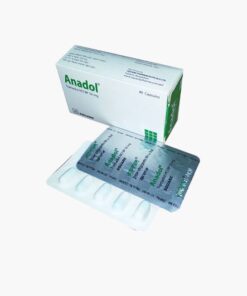
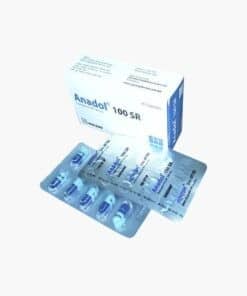
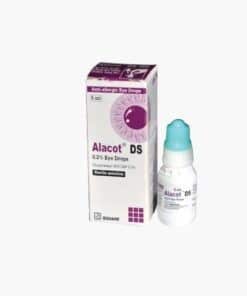
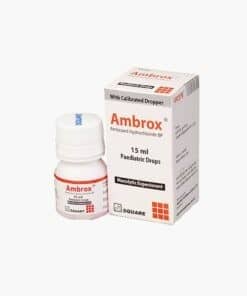

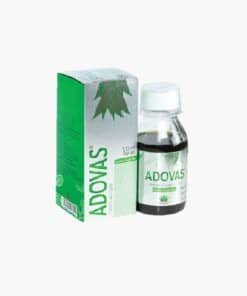

Reviews
There are no reviews yet.